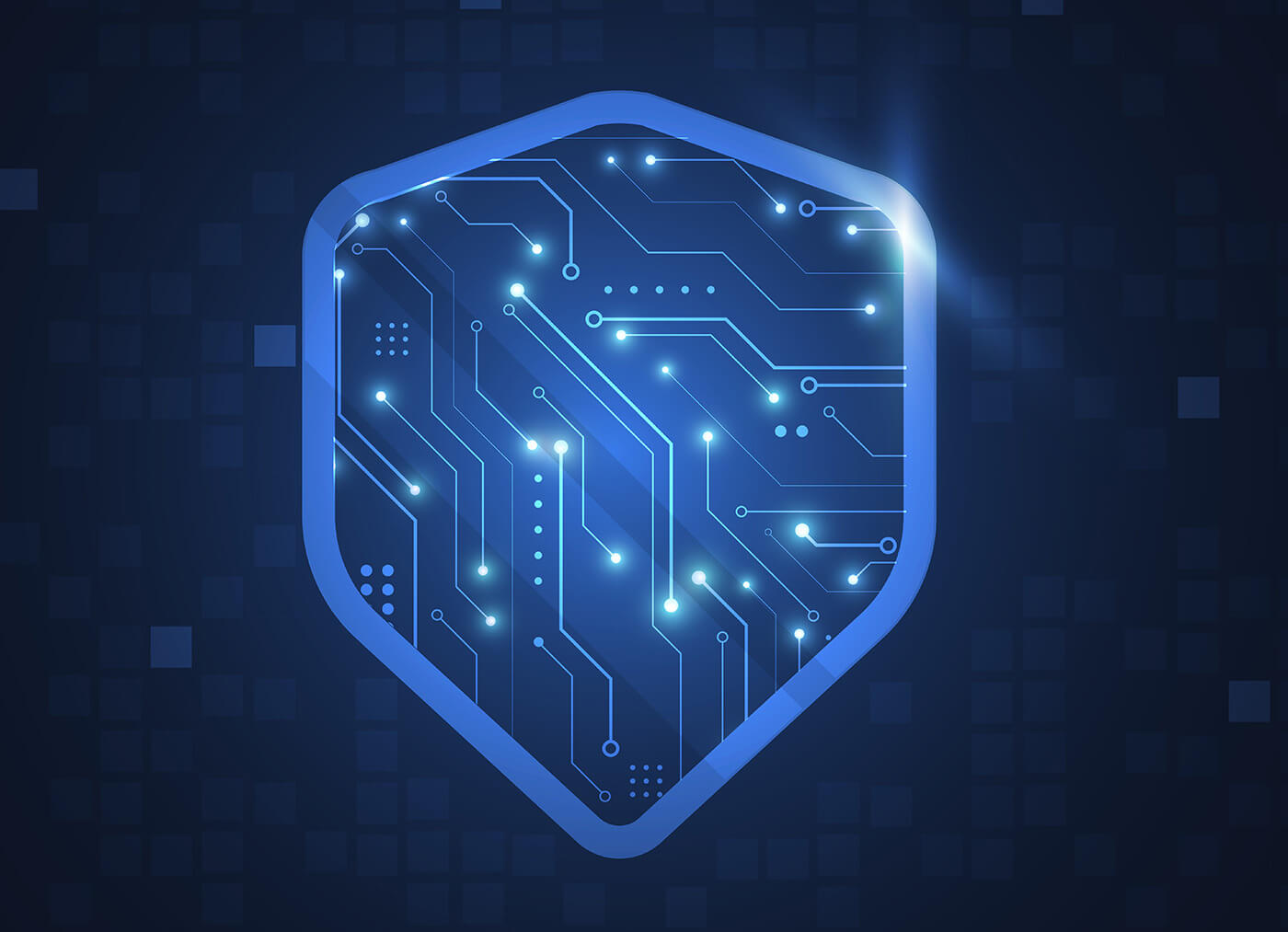What Is Data Leak Prevention?
Enterprises with sensitive data can experience data leaks when a hacker gains access to their sensitive data hubs and can copy or move the data unbeknownst to the enterprise.
Having reliable and robust data leak prevention software in place can alert the enterprise to the breach to mitigate and stop the data leak from getting worse. Additionally, monitoring software can detect anomalous behaviors and potentially prevent a data leak from happening.
Businesses in information-intensive industries must securely receive, send, store, and access large quantities of sensitive information. They must also follow a dizzying array of compliance and regulatory requirements.
If you operate in an information-intensive industry and you are required to collect and store a large amount of sensitive data, personally identifiable data, health data, or banking data, then you need to have a data leak prevention tool and system in place.

What is Data Leak Prevention?
Data leak prevention involves implementing a system, software, or structure that organizations use to prevent sensitive business and client data from leaving their network.
Data leak prevention (DLP) software ranges from detecting potential data breaches or negligent insider threats to alerts on the modification or movement of sensitive data.
Because every organization operates differently, there are many ways that DLP can be implemented. In our increasingly technological world, DLP, for the most part, involves computer and workstation network security and a system of software, best practices, and security details that try to prevent the number of opportunities that hackers or malicious insiders can take advantage of to steal data from the company.
Data Leak Prevention Systems
Generally, data leak prevention falls under a category of enterprise software or tools that track categorized and defined data and then alert the tracking enterprise when specific actions have been taken. For example, all financial data that your business collects will be categorized (often automatically depending on the system you use) and put into a designated area. The DLP systems will then watch for data movement, modification, copying, or deleting.
Data leak prevention systems contain a range of tools. Two of the most common include:
- Data watching tools: The data leak prevention tool that you eventually implement will then watch that area and all of the data files within that area. If the data files are moved, copied, deleted, or if anything is added, if an unauthorized user accesses the space, or the settings have been altered, then the software is triggered. Once any unauthorized action is taken, the system alerts the organization’s DLP admin to the action.
- User tracking tools: These tools might also detect behaviors happening in the day-to-day or user behaviors that deviate from normal processes. These systems are critical for catching data before it leaves your organizational system. This type of monitoring can identify when your employees are negligent, if their credentials have been compromised, or exhibit malicious behavior (among other things).
Organizations that take in lots of data, especially confidential data, need to have a DLP system that can ensure that the data is collected properly and stored securely.
If you are a younger business or have not yet put data leak prevention systems in place, you could be risking millions of dollars in data theft, downtime, and customer data losses. You could also be fined for not complying with a number of industry regulations.
What Does Data Leak Prevention Mean?

There are a few ways in which a business can protect its sensitive data. Ideally, the data would be protected and watched. If something happens to that data, the organization can quickly be alerted and prevent the data from leaving the organization’s secure network.
Often, this scenario is hard to create. Hackers find ways of moving undetected throughout a company’s organizational structure and can develop tools that mimic authorized user credentials. Therefore, trying to stop a data leak from occurring is hard to achieve.
In general, data leak prevention tools can also refer to tools that watch an organizational structure and alert it to potential vulnerabilities, including weak endpoint security and unprotected access points (i.e., your employee’s mobile device or, for remote workers, their internet network), risky user behavior, and areas where extra security would be more beneficial.
Therefore, in addition to having a data alerting system, organizations should have data loss prevention software that monitors day-to-day activities and then watches for suspicious activity and recommends proactive measures for preventing data leakage.
Key Strategies for Data Leak Prevention
When it comes to data leak prevention strategies, CIOs need to implement a diversified and multifaceted approach.
1) Develop an Integrated DLP Plan
Because every organizational structure is different, your team (including the CIOs and other relevant executives) will need to identify the key priorities when it comes to your own DLP solution.
You will likely need a diversified DLP plan, which might include physical security measures like key cards, on-site security, and video surveillance, as well as network security, firewalls, encryption, virtual machines, employee monitoring, and DLP alert software.
Map out every aspect of your DLP plan, including which data needs to be regulated under specific compliance, who can access that data, and how that data can be treated.
It may also help to become certified in a given area of data security (such as PCI compliance, NIST, or SOC 2) because these certifications also help your business to get organized for data protection and surveillance.
2) Implement DLP Technology
Once your team has approved the plans for your company, you will need to source those tools, implement them, and set up a DLP policy around their usage. Your employees will need to know how this tool will interact with their day-to-day, but they may also need to sign waivers and comply with certification themselves.
Consider the following DLP software tools:
- Data discovery and classification software
- Firewall
- Backup and recovery systems
- Antivirus and anti-malware software
- Employee monitoring software (with user behavior analytics)
- Intrusion detection and prevention systems (IDS/IPS)
- Security information and event management (SIEM)
- Data loss prevention (DLP)
- Network security solutions
Implementing the tools can take some time as you will need to source the enterprise solution, purchase and install the tools on your network, and then configure settings.
If you are a small team, then you may need to consider which software is essential. For sure, every business should have a firewall, antivirus, anti-malware, backup and recovery systems, some data classification method, and employee monitoring with user behavior analytics (UBAs).
3) Design Disaster Recovery Plans
Unfortunately, data hacks, leaks, and other compromising situations can happen even to the best and most secure businesses. Cybersecurity is an expensive industry, after all. Therefore, one of the best things your business can do is set up a disaster recovery plan.
Your disaster recovery plan should list out:
- The steps that your business needs to do to immediately lockdown at the time of a threat
- Backup channels that your business can use if your access control system is being blocked
- Data redundancies so that the business could access its data if it were ever held ransom
- And key decision-makers at the time of the attack
A successful disaster recovery plan acknowledges that data attacks are imminent and takes steps to train staff and prepare for data vigilance in daily practices.
4) Initiate DLP Best Practices
DLP is most successful when you take a data protection approach with your team. Basic security measures need to be implemented. For example, most employees need to initiate password changes regularly, learn how to create complex passwords, and perform multi factor authentication to access critical aspects of a business. Knowing who can and cannot access confidential information can simplify monitoring.
Consider hosting a security training session with your team so that they know that data security is a primary concern for your business.
Prevent Data Leaks With SoftActivity, a Robust Employee Monitoring Software
As you begin to mobilize into a data defensive position, your business needs to have a robust employee monitoring system ready to deploy. With SoftActivity, you will install the software onto individual network computers from a centralized admin console. From here, you can monitor the screens of all active monitoring computers and stay alerted to anomalous data behavior almost immediately.
SoftActivity also uses user behavior analytics, which will not only watch for pre-defined data irregularities but also irregularities with your user behaviors. This might trigger alerts when an unauthorized user accesses a protected space or if data is being modified under your nose.
Stay compliant and secure with SoftActivity!
—
By SoftActivity Team